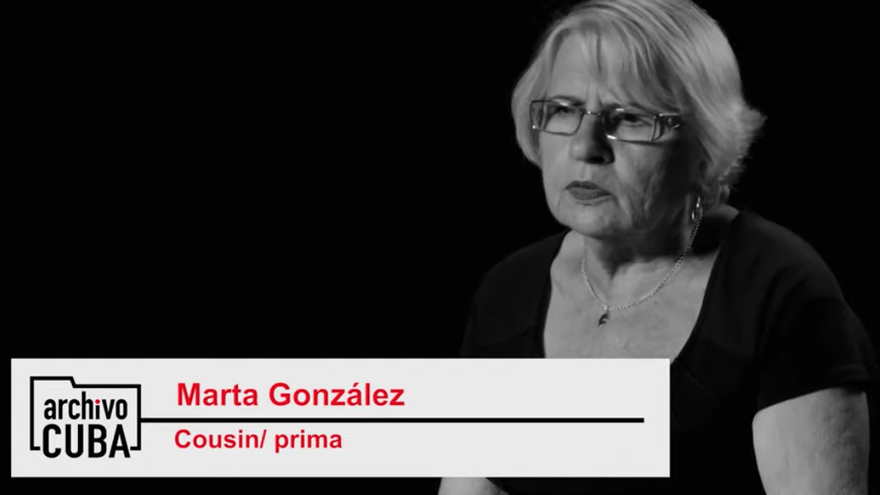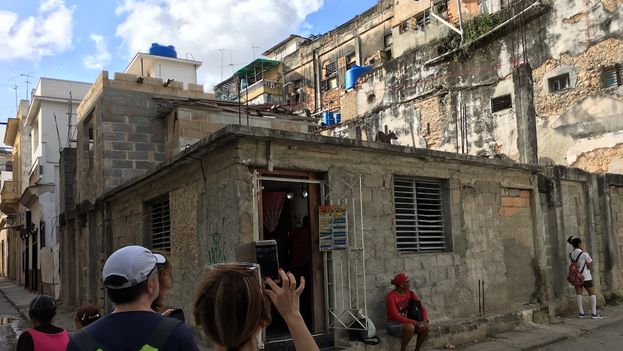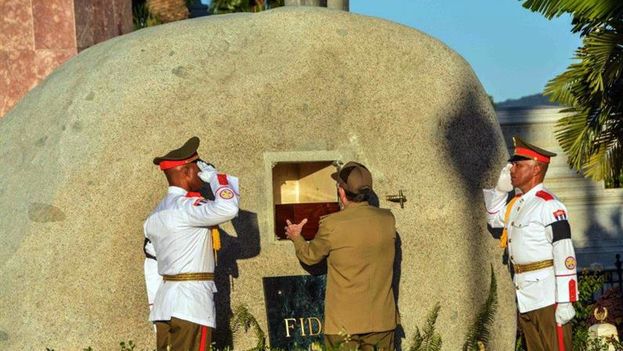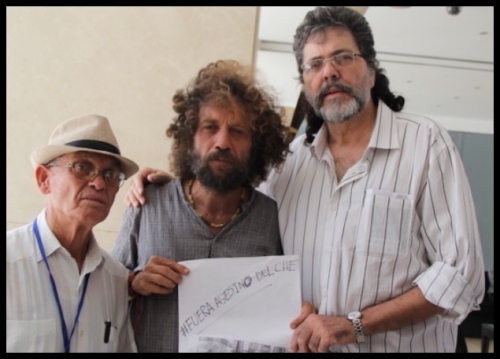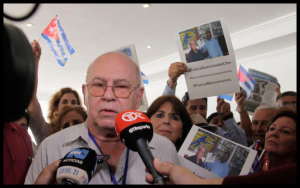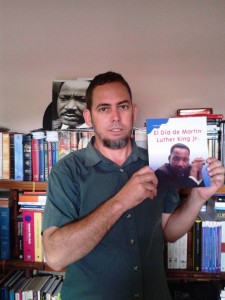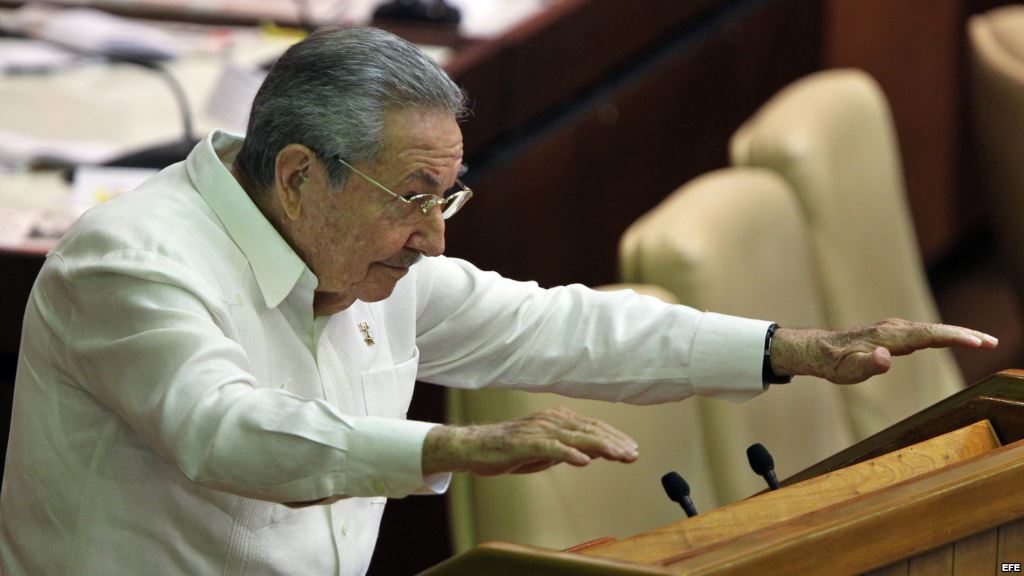
Javier Roque Martínez, Isabel M. Echemendía Pérez and 14ymedio, Havana, 24 November 2020 — In mid-March, just two days after the first case of coronavirus was detected in Cuba, state-owned Biocubafarma announced that it had the necessary products to fight the disease, some of them “already proven with high efficacy.”
From then until the end of September, the Registro Público Cubano de Ensayos Clínicos (Cuban Public Register of Clinical Trials) has mentioned 22 trials of pandemic-related products, of which nine would have produced some kind of scientific article by that date. However, so far there have been found academic articles related to only four Cuban coronavirus treatments.
Cuba has presented itself during the pandemic as a pharmaceutical power, but the truth is that, if you look closely at the trials of its medicines and other biotech products, the errors and inconsistencies are numerous. The ideal standard of science are tests that are randomized, controlled, and with some sort of masking technique. But of all those that have been made, only one meets all the requirements: that of the national vaccine candidate, Soberana. continue reading
The four products about which there are publications, were either tested on a very small number of people, or they were tested on groups of patients from which were excluded those most likely to be made worse by their age or by having other diseases, according to the scientific articles.
Cuba has tested four types of products: antivirals to reduce the chance of patients getting worse (such as the interferons); specific drugs to prevent the more severe cases from dying (such as Jusvinza and Itolizumab); products that improve immunity for risk groups (such as Biomodulin T); and vaccines (Soberana).
The interferons were presented as one of Cuba’s great contributions to the world since the beginning of the pandemic, and were tested in many countries. Itoluzimab and Jusvinza, for their part, were promoted by the president himself, Miguel Díaz-Canel, but the studies for most drugs of these groups have not produced publications, which in practice leads to the assumption that the studies do not exist. This is the case, for example, of Biomodulin T, whose results have not yet been disseminated.
Jusvinza and Itolizumab, on the other hand, did produce scientific articles, but to date neither has been subjected to peer review, a process that consists in other experts thoroughly examining the article for errors or biases, in order to ensure that the authors of the research have followed a strictly scientific method.
But the most serious problems do not occur in this regard, but in the data produced by the tests that were carried out.
In the case of Itolizumab, it was tested on a group of 19 patients from the Santa Clara nursing home. Although this drug was advertised as a treatment for severe patients, the recipients only had moderate symptoms, such as fever or lack of oxygen, but without a need for intensive care or intubation. In this outbreak there were 47 positive cases and between three and six deaths, so it does not explain the specific selection of those who participated in the trial, or whether the others did so and their reaction was not included.
Jusvinza, the other product for seriously-ill patients, was tested on the right people, but there were only 16 people, of which two died from an unidentified infection which they acquired in the hospital, which led to the conclusion that “all critical patients (11) recovered from respiratory distress.”
In other cases where the drugs were tested on more people, the findings cannot be clearly determined because the control groups were not comparable. This invalidates the study or makes it meaningless.
“It is important to note that such studies (the uncontrolled ones) cannot be taken as evidence that the treatment works,” said Javier González Argote, a Cuban physician taking doctoral studies in Biological Chemistry at the University of Buenos Aires.
Problems related to the selection of patients in the control group were evident in the study carried out with Heberon (trade name of Interferon alfa-2b), the largest in Cuba.
This antiviral was tested until July in 2,165 patients, a large majority of those infected on the island. The researchers concluded that an individual who tested positive for COVID-19 and treated with Heberon was 57 times more likely to recover than one who did not receive it.
In the control group there were 130 patients, those who did not agree to receive Heberon, those who could have contraindications, and those who were most vulnerable to serious sickness. This made the group completely different from the one who did receive it: younger patients (44 years on average), with fewer previous diseases, and even asymptomatic people (up to 56% of the group). The average age of the control group was 68 years; 80% had possible complications and only 18% were asymptomatic.
In the group that received Heberon, less than 1% died, and in the other group, half did. Researchers recognize the problem of having had two non-parallel groups. “The data analysis in this study was limited, because it includes unbalanced demographic groups,” they add.
In the case of HeberFeron (the combination of Interferon alfa and gamma) a control group similar to the one receiving the treatment was used. But it was decided not to include in the research those patients who were most likely to worsen and those who showed a greater persistence of the virus in their body (several positive PCR tests [polymerase chain reaction] after receiving treatment). In this trial, involving 66 people, all patients with chronic diseases which are associated with increased comorbidity with COVID-19 were excluded.
With these patients eliminated, two groups were formed, one that received HeberFeron and the control group that received another interferon. Although no one died, only one patient worsened in the control group; while in the one which tested the drug there were two. Despite this, it was considered successful because the latter took less time to negativize the virus.
Cuban researcher Susana Delgado Ocaña, a doctoral student in Biological Sciences at the Universidad Nacional de Rosario in Argentina, believes that concessions are acceptable, given the current emergency circumstances, but recognizes that the effectiveness of a drug cannot be validated. “Studies (of this type) may report improvements not necessarily attributed to treatment. In general, such trials tend to show greater efficacy of a treatment, sometimes ‘false positives’,” she pointed out.
U.S.-based Cuban biochemist Jorge Antonio Benítez argued in a recent article that, while the island’s biotechnology has obtained great achievements, its results are affected by politicization, a culture of secrecy, and a lack of regulations against conflicts of interest. For Benitez, one of the main problems of Cuban research is its emphasis on product development that can generate economic benefits in the short term, without conducting research set on solid theoretical foundations.
According to Nature Index, which evaluates countries for the quality of their scientific publications, Cuba is currently behind countries such as Panama or Costa Rica.
Despite all this, the experts agree on the success of the Cuban strategy, the country with the fewest deaths and cases of the continent. However, they do not attribute it so much to their pharmaceuticals, but to the good implementation of “non-pharmaceutical interventions and other epidemiological tools”, as noted in a recent article by the Cuban biologist Amílcar Pérez-Riverol. These virtues would apparently be the rapid implementation of mobility restriction measures, mass investigation in suspected cases, effective contact tracing, and the testing programme, as well as the great strength of its primary care system.
In any case, the rate of lethality, being low, is similar in Cuba to most countries around it and there is no reason for pharmacological triumphalism.
When President Díaz-Canel visited the Instituto Finlay in early October to ask about the progress of the Soberana study, the institution’s director, Vicente Vérez, informed him that his plan was to start immunize “our entire population” in the first half of next year. As always, ideological voluntarism takes precedence over reality.
Translated by: Hombre de Paz
____________
COLLABORATE WITH OUR WORK: The 14ymedio team is committed to practicing serious journalism that reflects Cuba’s reality in all its depth. Thank you for joining us on this long journey. We invite you to continue supporting us by becoming a member of 14ymedio now. Together we can continue transforming journalism in Cuba.


